Gold Forex Robot is an automated profitable MT4 robot specially designed to trade only on XAUUSD(GOLD). This EA is a mean-reversion grid trading system that uses machine learning technology to place high-profit potential trades on the Gold market. This article will delve deeper into the features of the MT4 Forex Robot and how it can benefit traders.
The Profitable MT4 Robot uses fundamental market inefficiencies to its advantage to have an edge over the market. It is designed to trade on GOLD with a timeframe of M1. The EA has five predefined set files, essentially five different trading systems on gold. Traders may choose the default option (XAU Risky) or have their preferences.
The Profitable MT4 Robot has demonstrated strong performance both in backtesting and live trading on MQL5. Specifically, 3 of its 4 set files have shown positive results, indicating that the system’s trading strategies and risk management features are effective in the gold market.
Features of Gold Forex Robot
One of the unique features of Gold Forex Robot is that it allows you to retrain the neural network on your broker’s data. This feature means the EA can learn from the market and adapt to new market conditions, making it a flexible and adaptive trading system.
The Profitable MT4 Robot has an advanced news and stock market crash filter. This filter helps traders avoid trading during market events that may cause volatility, reducing the risk of losses. Additionally, the EA has flexible customization with many filters and options, allowing traders to personalize the trading system to their preferences.
The system’s performance is evaluated through a statistic panel with a self-diagnostic system and neural network forecast indicator. This feature helps traders track the system’s performance and make informed decisions about trading.
Please test in a demo account first for at least a week. Also, please familiarize yourself and understand how this Gold Forex EA works, then only use it in a real account.
Recommendations for Profitable MT4 Robot
- The minimum account balance for this EA depends on the settings file you are using
- 1400$ for “XAU Balanced” set file 1:500 leverage.
- 400$ for “XAU Classic” set file 1:500 leverage.
- 50$ for “XAU Risky” set file 1:500 leverage.
- 100$ for “XAU Risky Vol” set file 1:500 leverage.
- 100$ for “XAU Balanced Vol” set file 1:500 leverage.
- Work Best on XAUUSD(Gold). (Work on any currency pair)
- Work Only on M1.
- This profitable MT4 robot should work on VPS continuously to achieve stable results. So we recommend running this MT4 EA Download on a reliable VPS (Reliable and Trusted FOREX VPS – MyfxVPS)
- The EA is NOT sensitive to spread and slippage. But We advise using a good ECN broker (Find the Perfect Broker For You Here)
Download a Collection of Indicators, Courses, and EA for FREE
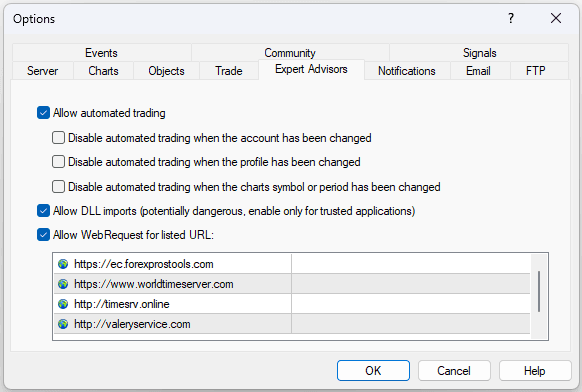
Open Tools –> Options –> Expert Advisors. Check the option “Allow WebRequests for listed URL” Add the following: “https://ec.forexprostools.com”, “https://www.worldtimeserver.com“, “http://timesrv.online” and press “OK.” The EA takes news from the specified websites.
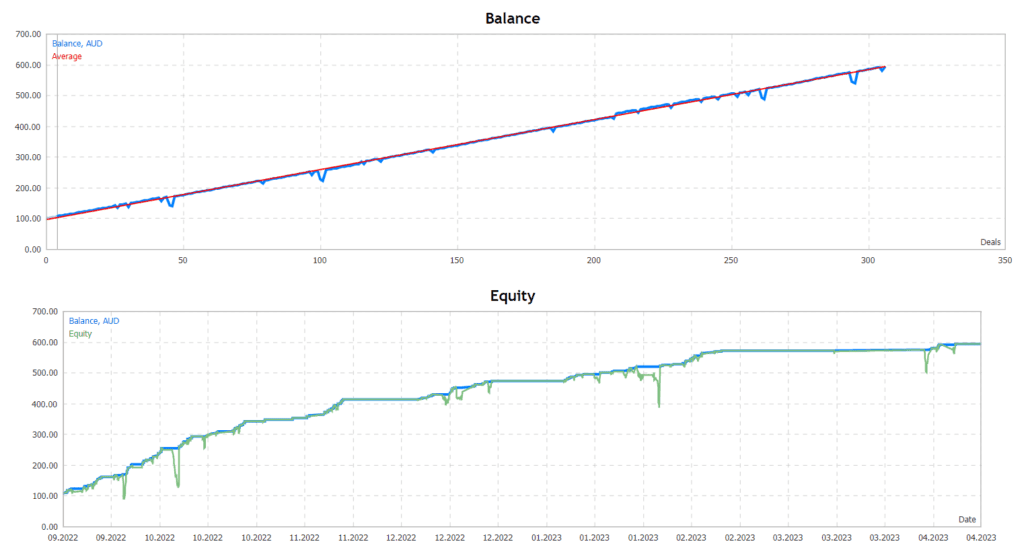
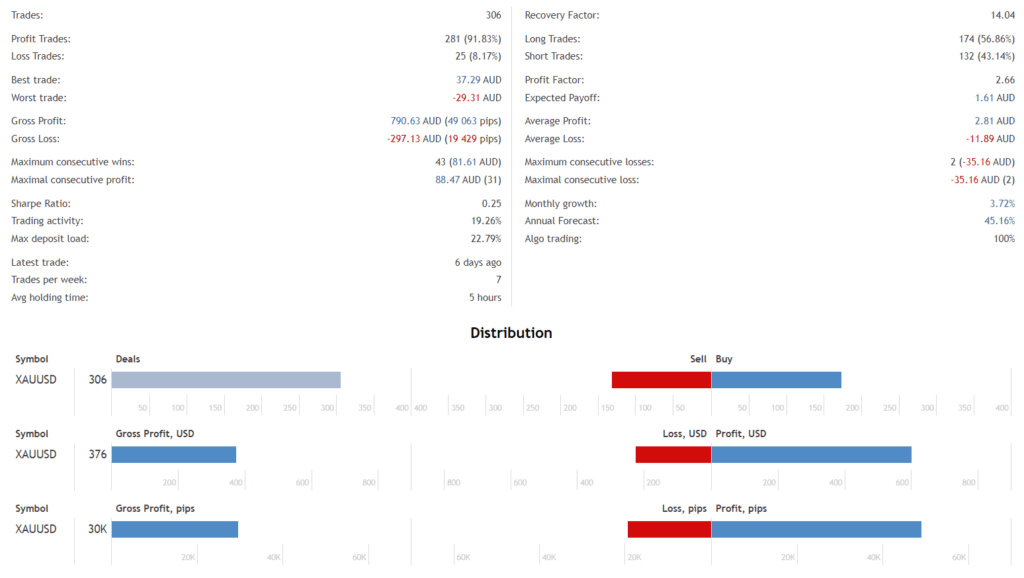
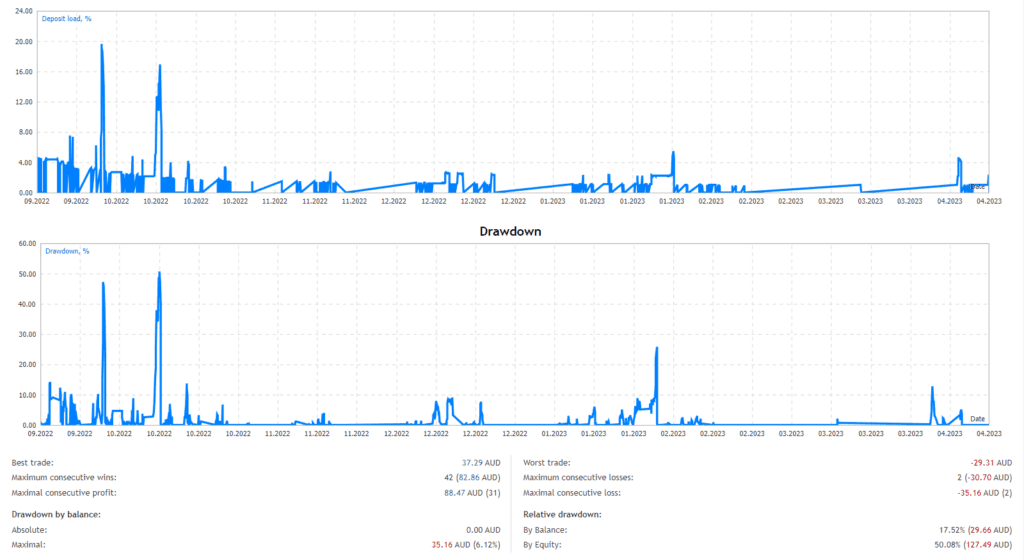
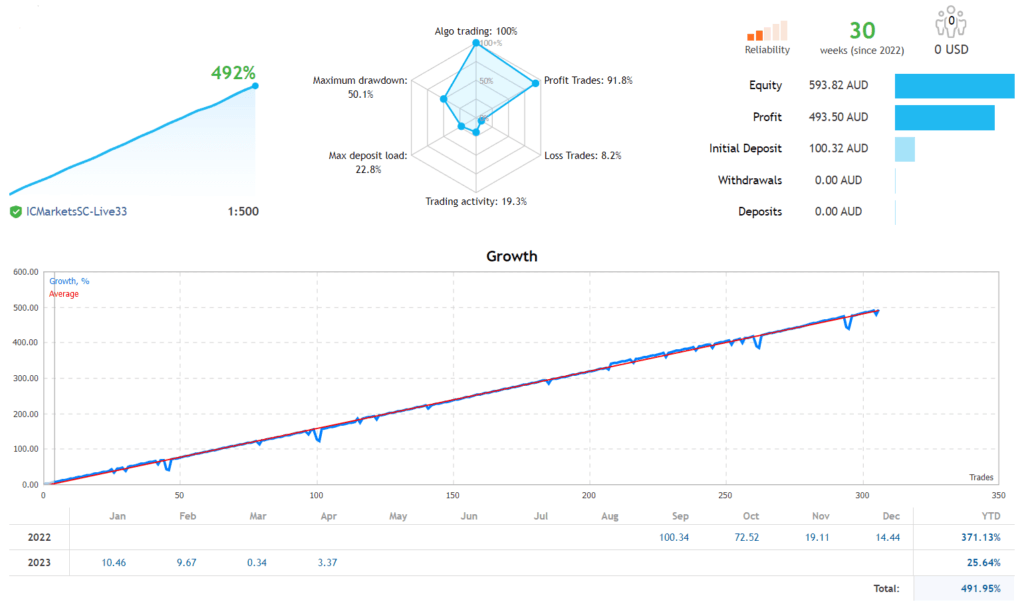
Updated 2024/11/9
- Read More Day Hunter Pro EA FREE Download
Conclusion of this MT4 Forex Robot
In summary, the MT4 Forex Robot is a powerful mean-reversion grid trading system that utilizes machine learning technology to trade gold with an edge over the market. With its flexible customization and advanced features, traders can personalize the system to their preferences, while the neural network retraining feature allows the system to adapt to new market conditions. The advanced news and stock market crash filter help traders avoid market events that may cause volatility, reducing the risk of losses. The solid backtest and live performance, the statistic panel, and the neural network forecast indicator make the Gold Forex Robot an ideal trading system for traders looking to maximize their profits in the gold market.







Thanks admin will test it
I have installed this EA and checked the updated version with preset, but I wouldn’t work. Could you please explain, If I need to change any others parameter.
Profitable ? are you sure ?
Zweifel ich auch an, dass dieser EA profitabel ist. Wenn der DD bei 50% liegt und man 22% vom Kapital riskiert, macht man auf gut Glück Gewinne. Sieht man auch an der Monatsstatistik. Erster Monat 100% Profit, danach ging es abwärts. Ab Anfang 2023 nur noch 1 bis 5% pro Monat im M1 Chart. Das ist dabei echt wenig
with the “XAU Risky” setting, you know? it takeprofit 10 pips but stoploss is 5000 pips
haha
Hi admin, this EA doesn’t work with MT4 version 1420, could you update this EA for this MT4 version 1420?
Interesting, but it works or not this is a question.